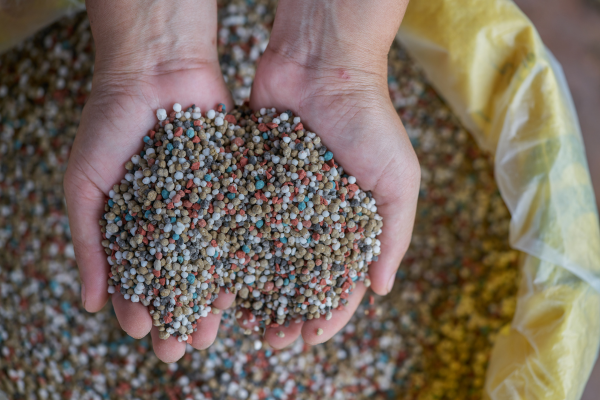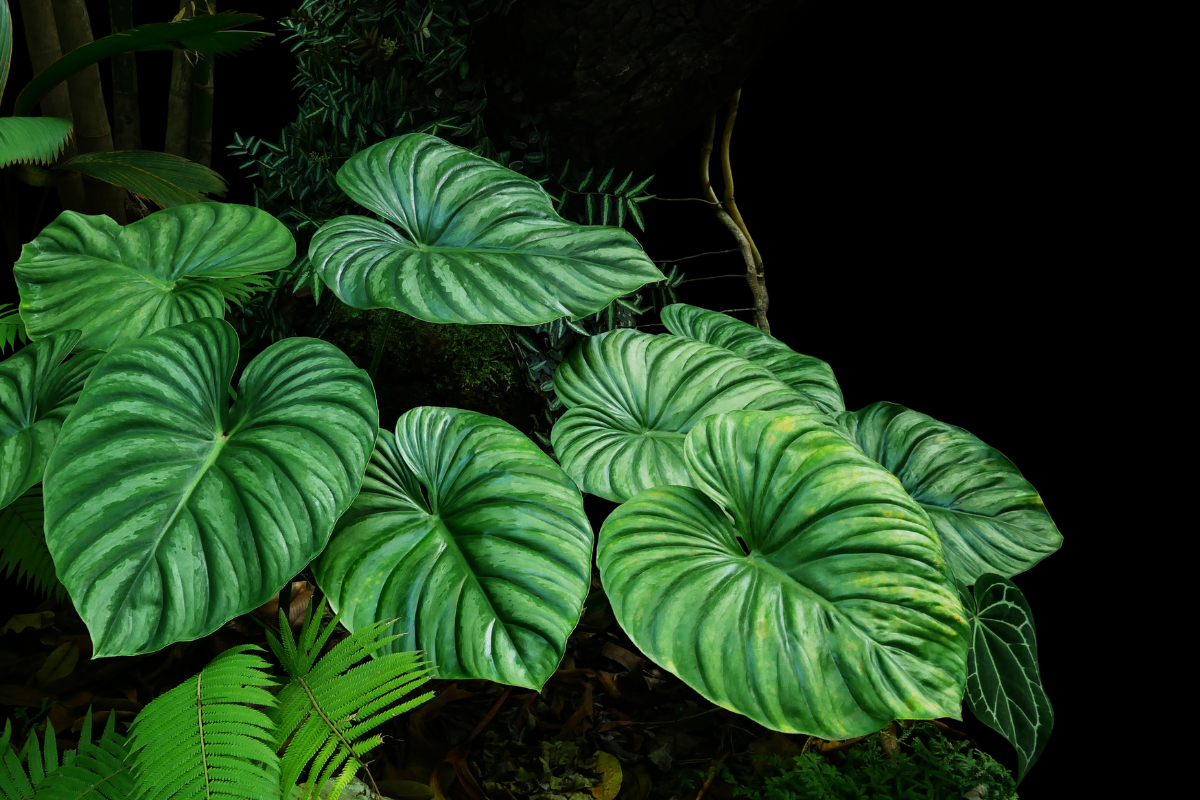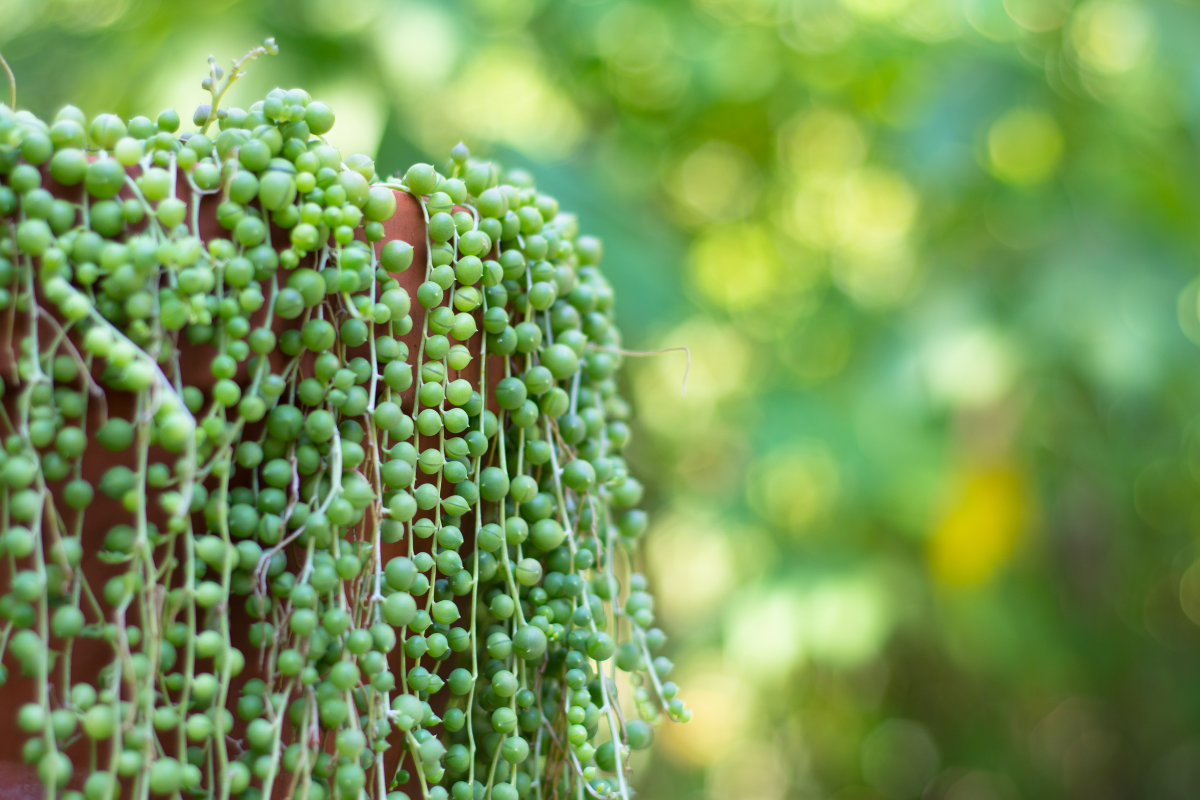Snake plants, also known as Sansevieria or mother-in-law’s tongue, are one of the most popular houseplants due to their hardiness and air-purifying properties.
However, if you notice your snake plant’s leaves turning white, it can be concerning. White leaves on a snake plant may indicate that there is an underlying problem that needs fixing.
In this blog post, we will explore the causes of snake plant leaves turning white and provide helpful tips to bring your beloved plant back to its healthy green state!
Table of Contents
Why are snake plant leaves turning white?
There are several reasons why your snake plant’s leaves may be turning white.
i) Exposure to Light
One of the most common reasons is excessive light exposure.

Snake plants generally grow well in both dark and light environments. However, if the plant is exposed to direct sunshine for a porlonged period of time it can make the plant turn white.
ii) Overwatering
Another factor that could be causing the white coloration on your plant’s leaves is overwatering. Snake plants prefer well-draining soil and do not require frequent watering.

If you’re giving your snake plant too much water, it can lead to root rot and other issues that manifest as white spots or discoloration on the leaves.
iii) Pests or mealy bugs
Pests such as spider mites or mealybugs can also cause damage to a snake plant’s foliage, resulting in pale or yellowish-white patches on the leaves.
They can also cause damage to the plant by sucking out its sap and leaving behind a trail of dead tissue on the leaves.
iv) Chemical Fertilizers
Additionally, chemical exposure from fertilizers or cleaning products can pose a threat to your beloved houseplant causing its leaves turning white.

Using tap water that contains high levels of fluoride or chlorine can result in leaf discoloration in snake plants
The chemicals in fertilizers can not only stunt plant’s growth and due to osmosis withdraws water from plants and leaves causing wilting of plants and turns the leaves white.
V) Humidity
These plants are extremely sensitive to changes in temperature. They thrive in the temperature range of 55 to 85 degrees Fahrenheit.
If they are exposed to excessively humid conditions they can develop a layer of Fungi over them that appears in the form of a powdery mildew.
It’s important to identify what’s happening with your particular snake plant so you can take appropriate steps to address the issue before it causes permanent damage!
How to fix it
If you notice that your snake plant’s leaves are turning white, don’t panic! There are ways to fix this issue and bring your plant back to good health.

- Overwatering – Check the soil moisture of your snake plant. Overwatering is one of the main reasons for leaf discoloration. If the soil is wet or damp, allow it to dry out before watering again. Ensure that there are drainage holes in your pot to prevent water from sitting in the bottom.
- Too much sunlight – Assess if your snake plant is getting too much direct sunlight. While these plants can tolerate low light conditions, they should not be exposed to intense sun rays as this can cause damage and discoloration of their foliage.
- Pests – Check for spider mites or mealybugs on both sides of the leaves and treat with insecticidal soap spray accordingly.
- Hard Water – Make sure the water you use is free of too much of electrolytes or other chemicals and salts
- Environment – If you are growing it indoors, make sure to give it time to adjust to your indoor temperature and lighting conditions. Consider repotting your snake plant into fresh soil with added perlite for better drainage or even changing its location altogether if it has been consistently stressed by unfavorable environmental conditions.
- Dust – Dust off the leaves regularly with a damp cloth or sponge. Dust buildup could deprive them of oxygen causing white patches to appear.
- Fertilizers – Avoid using chemical fertilizers as they may be too strong for these hardy plants leading to nutrient burn which can be harmful. Use natural pest repellents like neem oil to keep the pests away
By following these steps and giving proper attention and care to your snake plant, you will soon see healthy green leaves again!
Conclusions
To sum up, seeing your snake plant’s leaves turning white can be alarming, but with proper care and attention, you can revive your beloved houseplant.
The key is to identify the root cause of the problem and take immediate action to remedy it.
By following these tips and taking swift corrective measures when necessary, you’ll enjoy healthy and vibrant snake plants for years to come.
With a little bit of attention and plenty of love, there’s no reason why this striking tropical beauty shouldn’t thrive in your home!



